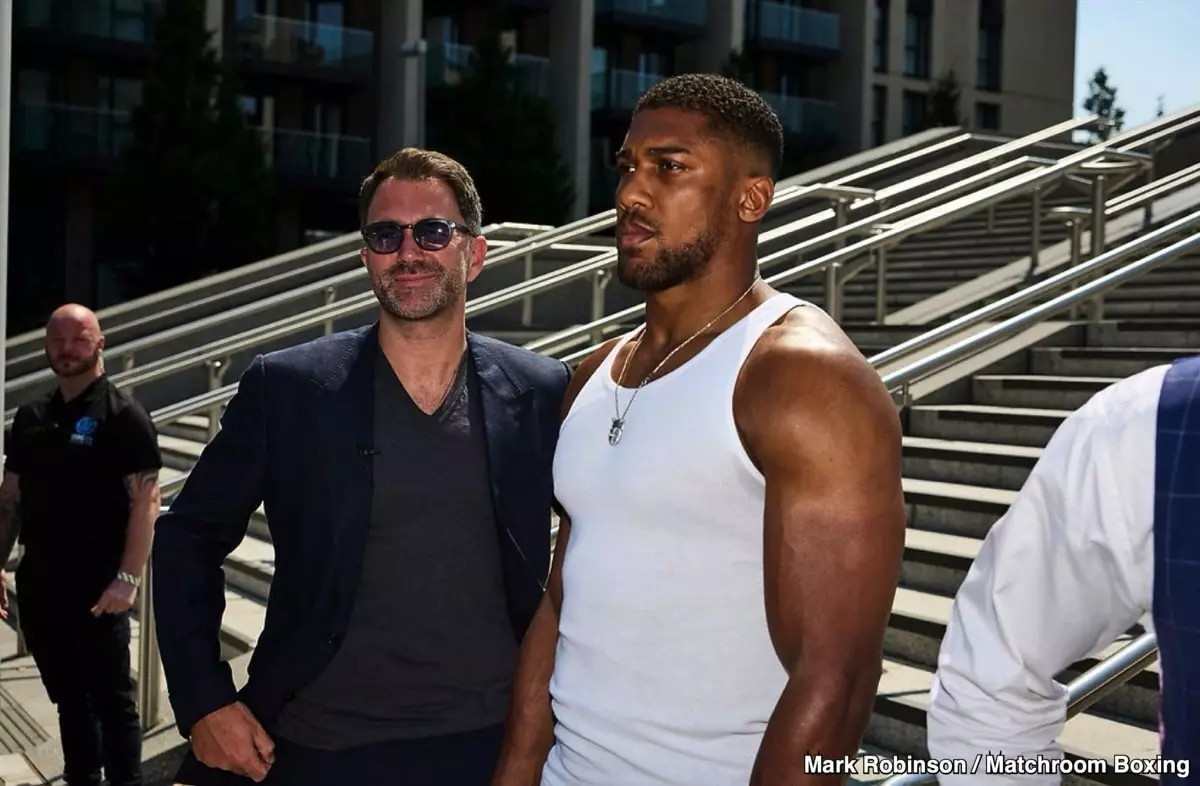Anthony Joshua, once a titan in the heavyweight boxing scene, finds himself at a critical juncture in his career that may define the next phase of his professional journey. Announcing impending elbow surgery, the former two-time champion will remain sidelined for an extended period—projected at six to eight weeks. This news not only underscores the physical toll that high-level boxing demands but also highlights the strategic elements involved in managing an athlete’s career longevity. With Joshua confirming that he won’t return to the ring until December, he faces a daunting prospect: a protracted 14-month layoff post his disappointing KO loss to Daniel Dubois in September 2024.
Time for Renewal
As fans grapple with the weight of this announcement, it’s crucial to recognize Joshua’s rationale. Healing a body that has sustained injuries for numerous fights is paramount. In boxing, the psyche and physical condition are interlinked; an athlete’s confidence is often intertwined with their health. By proactively addressing his elbow, Joshua may exhibit a level of responsibility that could benefit his long-term career, even if it means stepping away from the spotlight temporarily. This pause offers an opportunity for introspection—a chance to reassess his motivations, goals, and perhaps refine his fighting style. Could this be a pivotal moment for Joshua, allowing him to return not just healed but reinvigorated?
The Landscape of Heavyweight Boxing
Joshua’s hiatus comes at a time when the heavyweight division is witnessing explosive dynamics. Tyson Fury, his countryman, has recently hinted at a return, stirring enthusiasm among combat sports fans. The prospect of a long-anticipated clash between Joshua and Fury has lingered over the boxing community for years, creating a narrative rich with tension and rivalry. Yet, with Joshua’s extended downtime, the question arises: is the momentum for this historic bout slipping away? Will fans be left waiting indefinitely for a showdown that could have been epic, or will both fighters, with sufficient healing and training, finally deliver?
Grappling with Motivation
At 36, the wealth of experience weighs as heavily on Joshua’s shoulders as his physical injuries. As he contemplates his return, one must ponder the drive to continue competing at such a grueling level. Will he fight for glory once more, or is this solitary moment of healing a precursor to retirement discussions? The boxing community is rife with theories regarding his future opponents. Speculation could lead to lesser-known fighters, or it might circle back to someone like Fury or even other elite heavyweights. Nonetheless, promoters and fans will keenly await Joshua’s announcement, with each option carrying its own significance within the boxing narrative.
Recalibrating Expectations
Ultimately, Joshua’s decision to embrace a slower comeback strategy may be seen as wise, both for his health and his legacy. By allowing time for complete recovery, he sets a precedent that prioritizes long-term sustainability over immediate returns. His journey will certainly capture the attention of both supporters eager for his revival and skeptics questioning his future ambitions. Will he merely be a shadow of his former self, or will this be a chapter of resilience and renewed passion? As Joshua navigates this vital crossroads, the boxing world—they have not just a fighter in waiting but a tapestry of anticipation and potential unfolding before them.


Leave a Reply